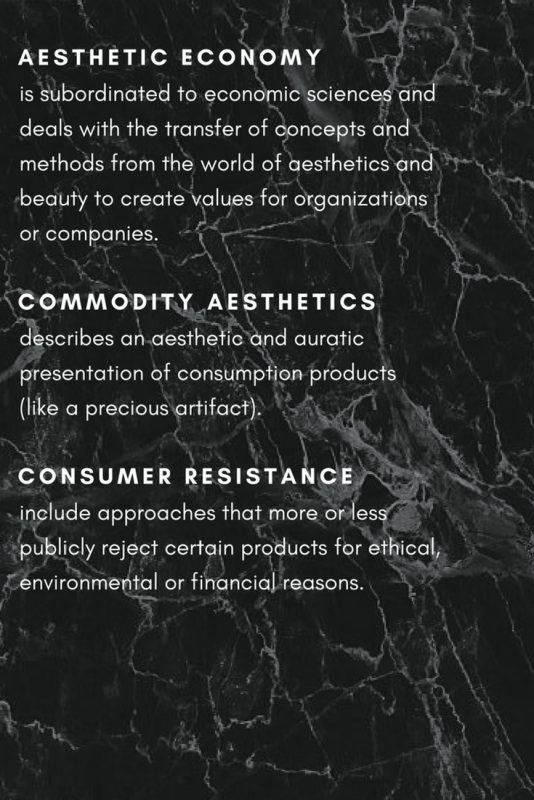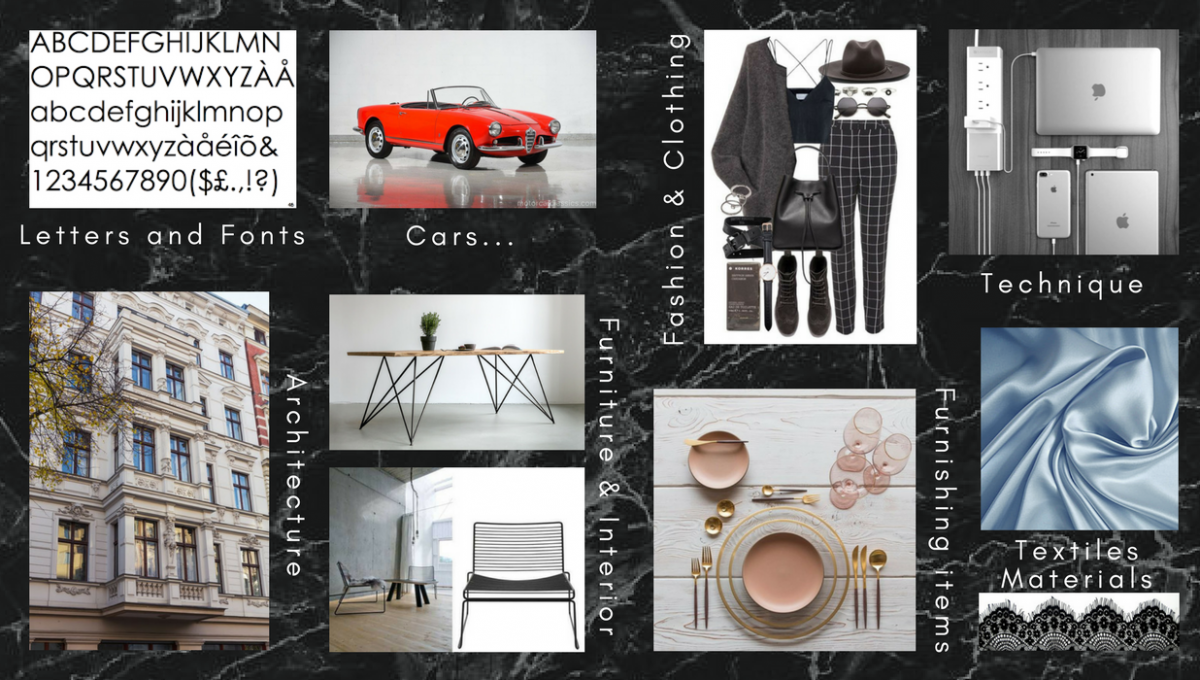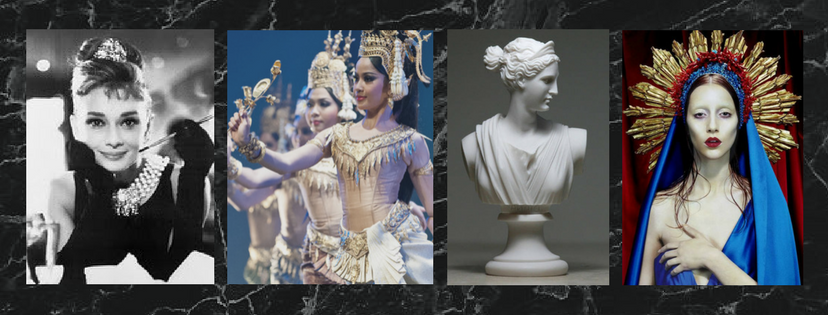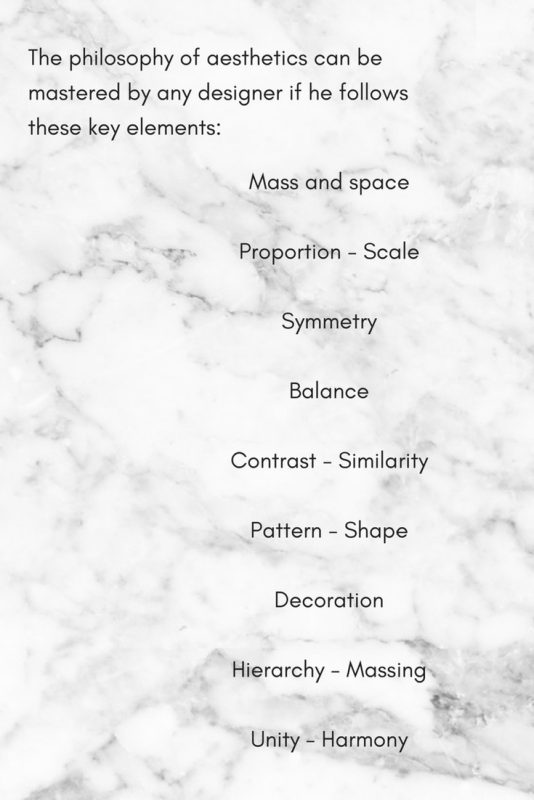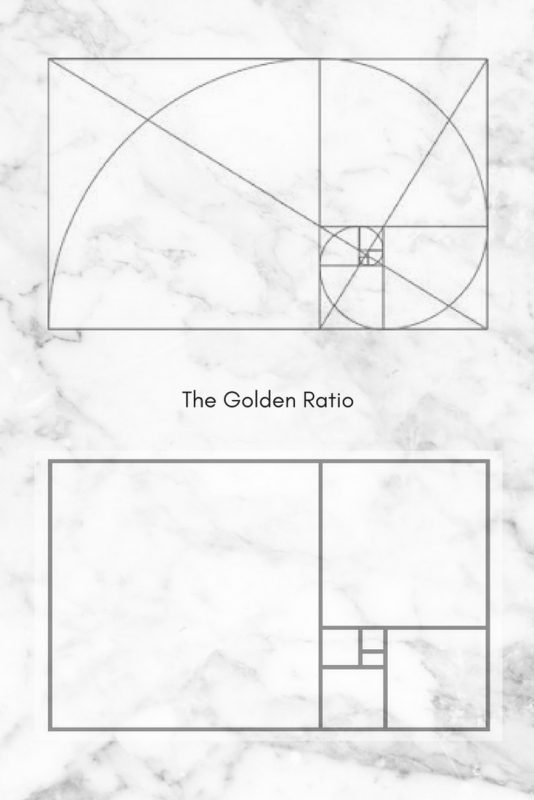Aesthetic competence by Matthias Welker, Berlin.
Why do I write a post for the YOURARTBEAT blog? What motivates me to share audiovisual experiences in the social media? What do I get from other people’s participation in my experiences? Do I want to seduce the readers/viewers/listeners to their own sensual perception of something new or forgotten? Do I want to tempt others to follow my value judgments and convince them of my aesthetic competence? Anyway, what is aesthetic competence?
Human beings are well equipped by nature with sensual perceptions, not only to control adaptation and integration, but also to stimulate the reward centre. Our brain mixes cognitive, episodic and social experience with sensory impressions to create feelings of happiness.
Taking a memory as an example: the beginning of spring, sitting with my lover at Lake Constance, outside in the warmth on a wooden bench, with two glasses of Dole du Valais. However, why do I remember the warmth, the light, the smell of wood, the taste of wine and the view of Lake Constance so clearly after decades? The feeling of happiness had a name: ESCAPED!

I came from a disastrous financial situation, but then a brave Swiss driver crashed into the chassis of my old Opel. The cheque by the Swiss National Insurance had just converted into life and experience.
Okay, sex also supports our survival, but it is not really remembered intensely sometimes for this biological purpose or rather forgotten in spite of the purpose. However, what about the buzz? Buzz can be dangerous and only sometimes procreates children. Is aesthetic experience a kind of intoxication without a hangover in the morning?
Aesthetics deals with artefacts, material or immaterial creations of human beings and with the interaction of humans with these artefacts. If it comes to lasting impressions, something like a chronofossil is created; at least for a short period, the artefact shapes the experience and memory of social processes. This is not possible without the aesthetic competence of the recipients.
Everyone has aesthetic competence. At least in the habit and distraction. The philosopher and cultural critic Walter Benjamin argued, based on architecture, that people have always vitalized artefacts by inspection and sensual experience. Unfortunately, Benjamin was interpreted as elitist in the last century. However, for Benjamin, habituation and distraction had nothing to do with disrespect. Projects such as his “Passagenwerk” are not really understandable without this approach. Benjamin says that artistic creation must face the changes in human reception. The panel is an artistic format of the Middle Ages; if this no longer works in the 21st century, artistic design processes must either revive it or develop new formats, e. g. socially interactive formats of artefacts.

Without attachment to the public, artefacts will perish. The Mayan pyramids were important artefacts. The Mayans were used to inspecting these artefacts by walking around. Without the inspection of the accustomed and distracted Indians, these artefacts were lost and have to be brought back into human memory by archaeologists. However, this is not the same experience.
An example of the present is the Berlin TV tower. I find the building extremely ugly. The whole Alexanderplatz, which used to be called Ochsenplatz (Ox Square). I still call it Ochsenplatz and the TV tower Ochsenturm (ox tower). However, I am used to the Ox Tower as an icon of promise.

No matter whether by plane, train or car; when I approach the silhouette of Berlin, it says to me: You are now back in Berlin, one of the few cities in the world where Mief is an annoying marginal, but the creative and productive restlessness has a big nest. Bad pay, no big apple. But how Leonard Cohen sang: First, we take Manhattan, then we take Berlin.
Okay, I teach at a university, which resides in one of the remaining buildings of Hitler’s Germania. Due to monument preservation, my office has a brown linoleum floor, but still better than an office in the Trump Tower in New York.
So much for the one component of aesthetic competence, aesthetic emotion. Models of aesthetic experience reflect the parallel cognitive and social components for the emergence of aesthetic judgment. The evaluation of sensory impressions is compared with previous experience; pattern and content recognition are conceived as conscious reception with individual and social interpretation schemes and merged with affection, the aesthetic emotion, to form a judgment. This judgment can be communicated and undergoes changes.
Through social contacts, people have always been enabled to inspect, see, hear or feel artefacts, attend their event or select them through reading.
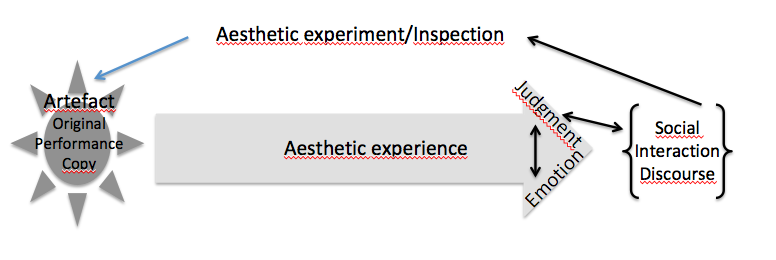
In spite of this social feedback, the direction in the pre-digital past was given, the sensual experience of artefacts almost always took place before the aesthetic judgment. Canonical education and socio-cultural Meta texts, filtered by journalistic institutions and art critique, formed the aesthetic power of judgment.
Canonical education, reading literacy, and aesthetic experience training are increasingly based less on educational institutions. The primary source of information about innovations and stored information about artefacts is the Internet. The problem: What we don’t search in the Internet is not to be found. Sensual experience is increasingly taking place after human-computer interaction, the confirmation of one’s own digital identity. The judgment is before contact with the artefact with all contingent problems.

Cultural Meta texts are replaced by discourses in the digital communication space. However, these discourses have to be conducted.
The YOURARTBEAT blog calls for sensual experience before aesthetic judgement. It trains aesthetic competence in one’s own description of experiences and the explanation of judgements. It provides new opportunities of the network to participate in aesthetic discourse, and the creation of permanent interactive artefacts. Participants of YOURARTBEAT create Meta Art.
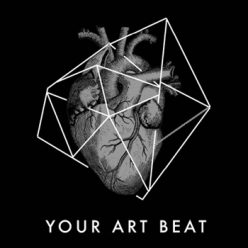
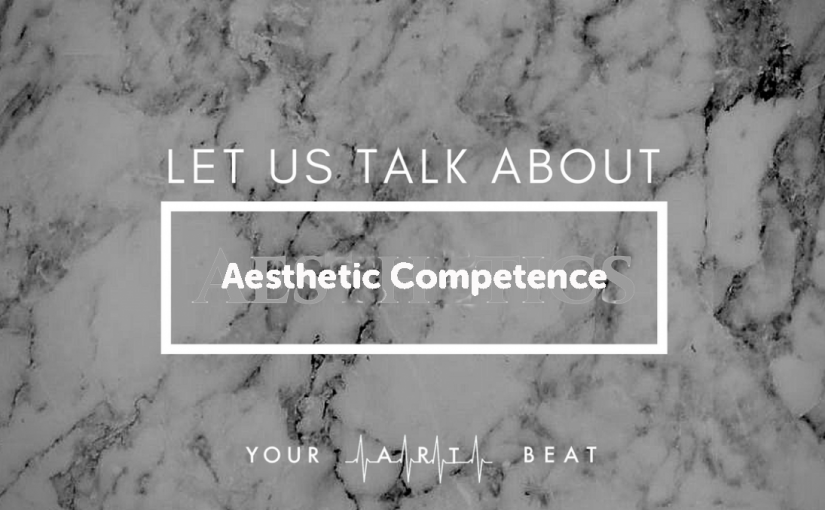
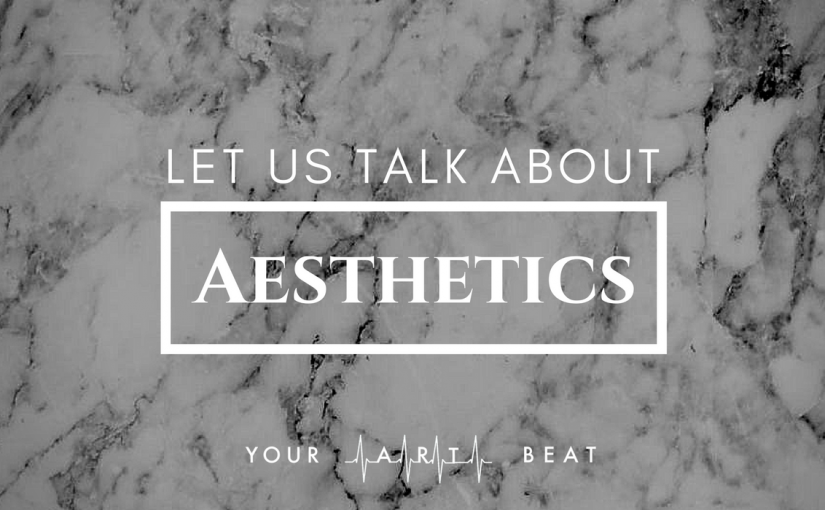
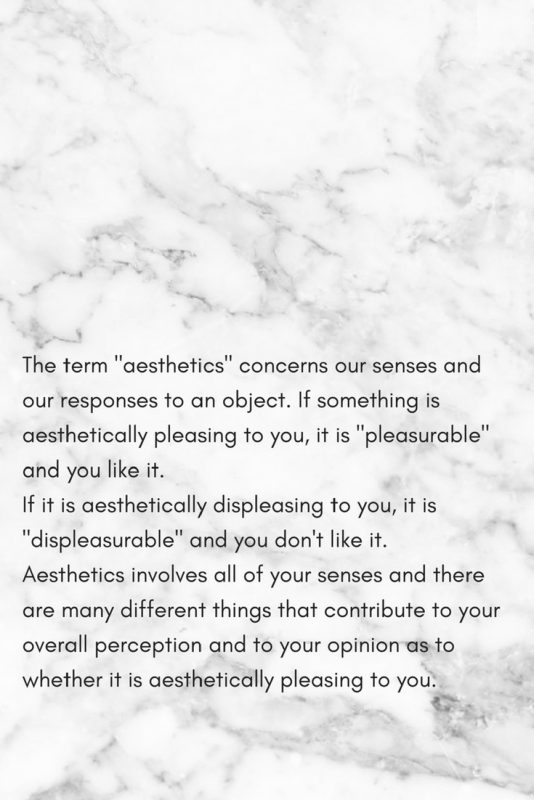
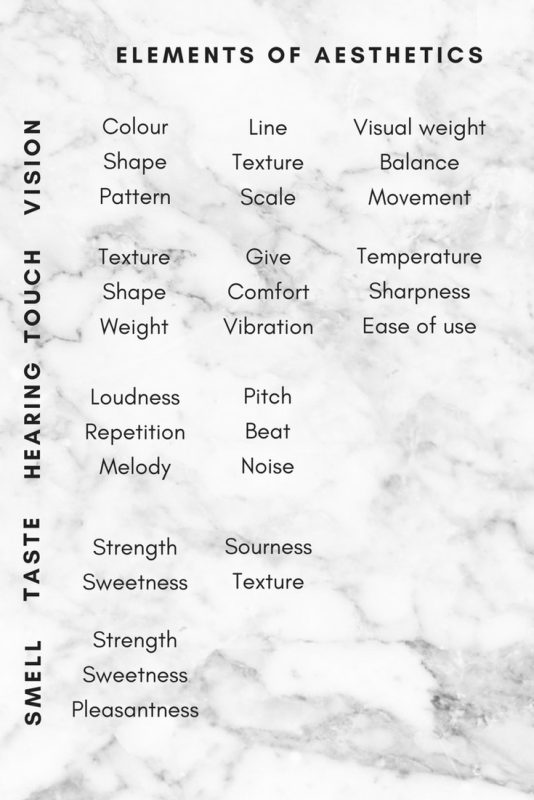 Originally: AESTHETIC is a word of Greek derivation: AISTHESIS
Originally: AESTHETIC is a word of Greek derivation: AISTHESIS